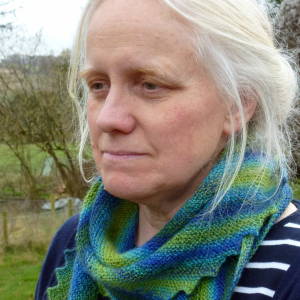Church or pub?
The parish church and the Kings Arms are at either side of the square, and I wasn't sure which to choose for my Wide Wednesday photo of a local place. The church dates from the twelfth century, and is build of local flint and Kentish ragstone, with some cut stone facings. I've shared some details of the stonework here. It's an important focal point in village life: it has quite an active congregation, with a choir and some groups, and the primary school close by is a Church of England school. It also hosts various events, including twice yearly food and craft fairs, in summer and at Christmas, when the square outside is full of local produce and the church is full of craft stalls; J and I sold papercraft cards here for several years, and hope to return in future. The pub dates from the fifteenth century, and was called The Cock until 1830, as a cock fighting pit was located behind it. The lane to the right of the pub is still called Cock Lane. Photos from around 1900 show the building looking much as it does today apart from a lot of ivy and a new sign. It's one of two active pubs in the village, and the third, a beautiful old timbered former coaching inn, is now largely a restaurant and small hotel. The Kings Arms seems to be the pub preferred by locals, including the ukulele group P used to attend; the interior is traditional, with beams and a log fire, and the porch is now the location of a small post office counter open three mornings a week. I've used this for the main image as it's probably the nicer photo, rather than to imply judgement of the relative importance of the two buildings to the village. We also have a well-used village hall, a green with a boules pitch (if pitch is the right word for boules), a doctor's surgery and a village shop. It's a good place to live, with far more community events than we have time to join in.


Comments
Sign in or get an account to comment.


